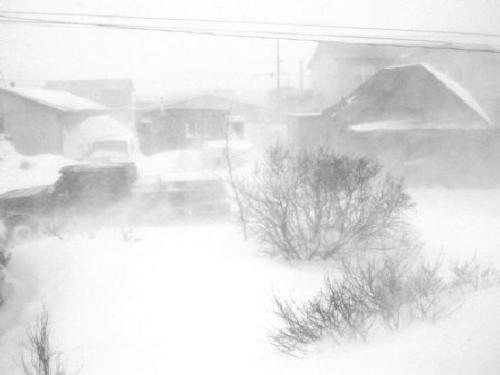
Is it only a cold feeling? Are you actually shaking?.The provider will take your medical history and perform a physical exam. DO NOT wake a sleeping child to give medicine or take a temperature.DO NOT bundle a child with a fever in blankets.These can cause shivering and even shock. DO NOT use ice water or rubbing alcohol baths to reduce a child's temperature.Dress the child in light clothing, provide liquids, and keep the room cool but not uncomfortable.Other things to help the child feel more comfortable include: Note: DO NOT give aspirin to treat fever in a child younger than 19 years old because of the risk for Reye syndrome.


Follow the dosage guidelines on the package label. Non-aspirin pain-relievers such as acetaminophen are recommended. If the child's temperature is causing the child to be uncomfortable, give pain-relieving tablets or liquid. These measures will only make the chills worse and may even cause the fever to rise. DO NOT use fans or air conditioners either. Medicines such as acetaminophen are helpful in fighting a fever and chills.ĭO NOT bundle up in blankets if you have a high temperature. Cold water may increase the fever as it can trigger chills. Sponging with lukewarm water, about 70☏ (21.1☌), may help reduce a fever.
#Chill meaning skin#
You can treat the problem at home by drinking lots of fluids and getting plenty of rest.Įvaporation cools the skin and reduces body temperature. If the fever is mild, 102☏ (38.8☌) or less, with no side effects, you do not need to see a provider for treatment. When you have chills, you may or may not have goose bumps.įever (which can accompany chills) is the body's natural response to a variety of conditions, such as infections. With goose bumps, the hair on the body stick up from the skin to form a layer of insulation. They can also be caused by strong emotions such as shock or fear. "Goose bumps" are not the same as chills. Also call for fevers in infants 6 months to 1 year unless you are sure of the cause.

However, call your health care provider about any fever in an infant 6 months or younger. Infants tend not to develop obvious chills. Even minor illness can produce high fevers in young children. Children tend to develop higher fevers than adults. Chills often predict the coming of a fever or an increase in the body's core temperature.Ĭhills are an important symptom with certain diseases such as malaria.Ĭhills are common in young children. They are the body's way of producing heat when it feels cold. Chills are caused by rapid muscle contraction and relaxation. They are most often associated with a fever. Chills (shivering) may occur at the start of an infection.


 0 kommentar(er)
0 kommentar(er)
